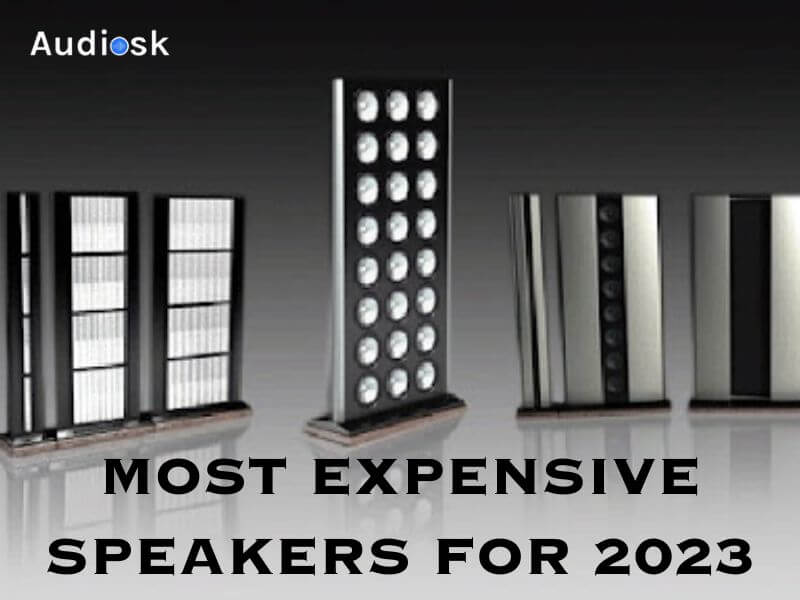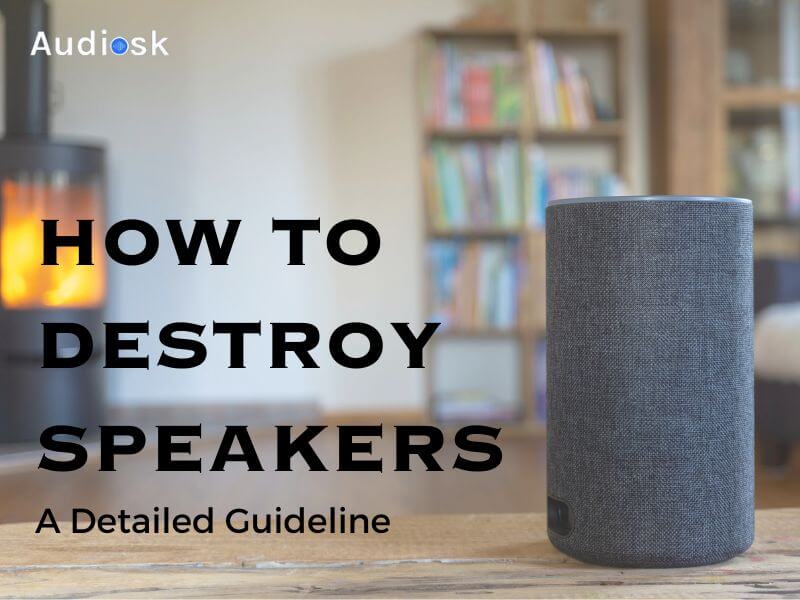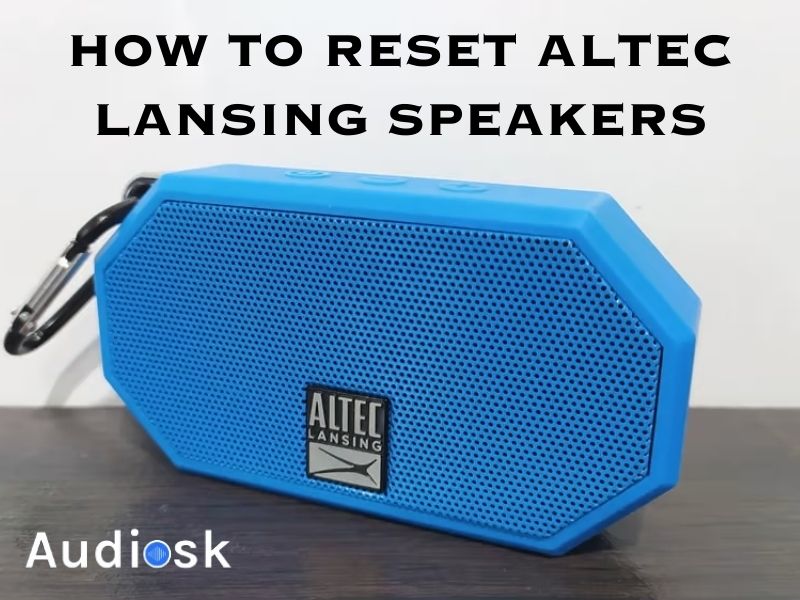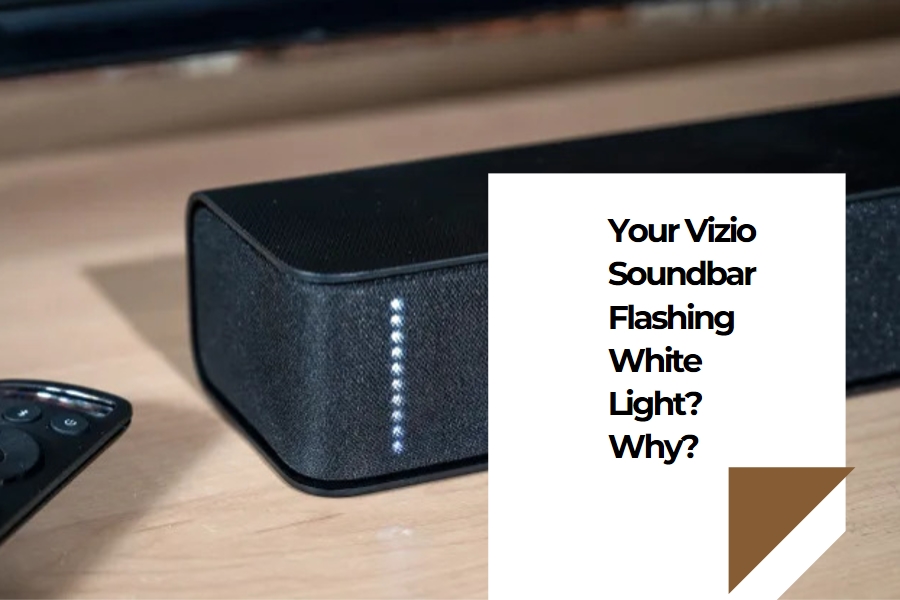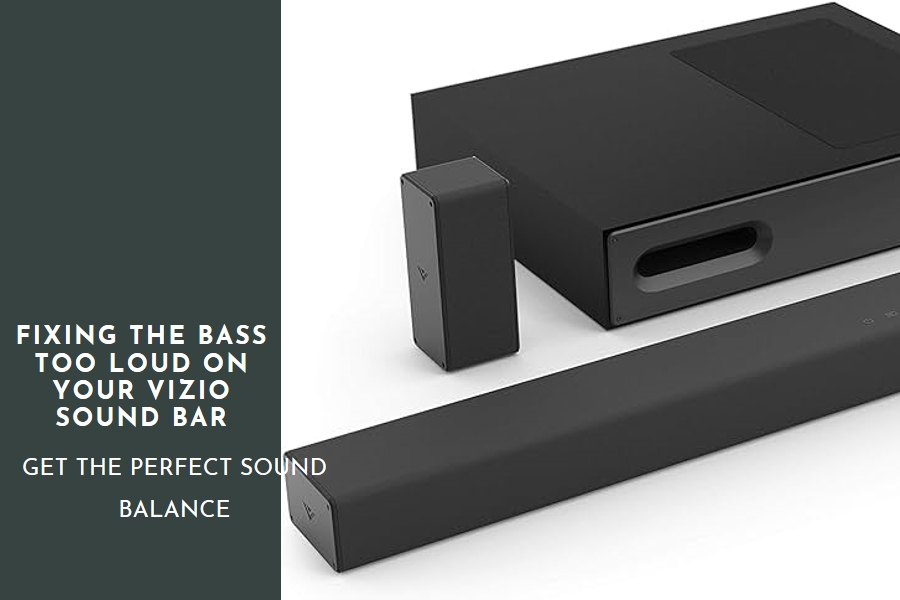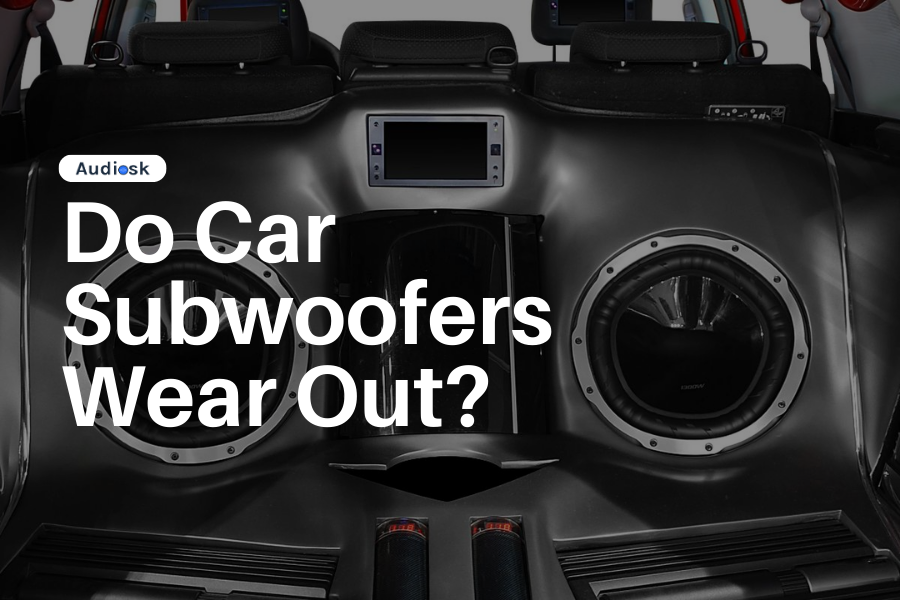Subwoofers come in various types, and the free air subwoofer frequently gets the most attention. You might wonder what is a free air subwoofer? As audio experts, we are thrilled to partake our knowledge and experience on free- air subs.
At audiosk, e will explore the good and not so good points of a free air subwoofer. By the end of this post, you will have a clear understanding of free air subwoofers. So, let’s dive in!
What Is A Free Air Subwoofer?
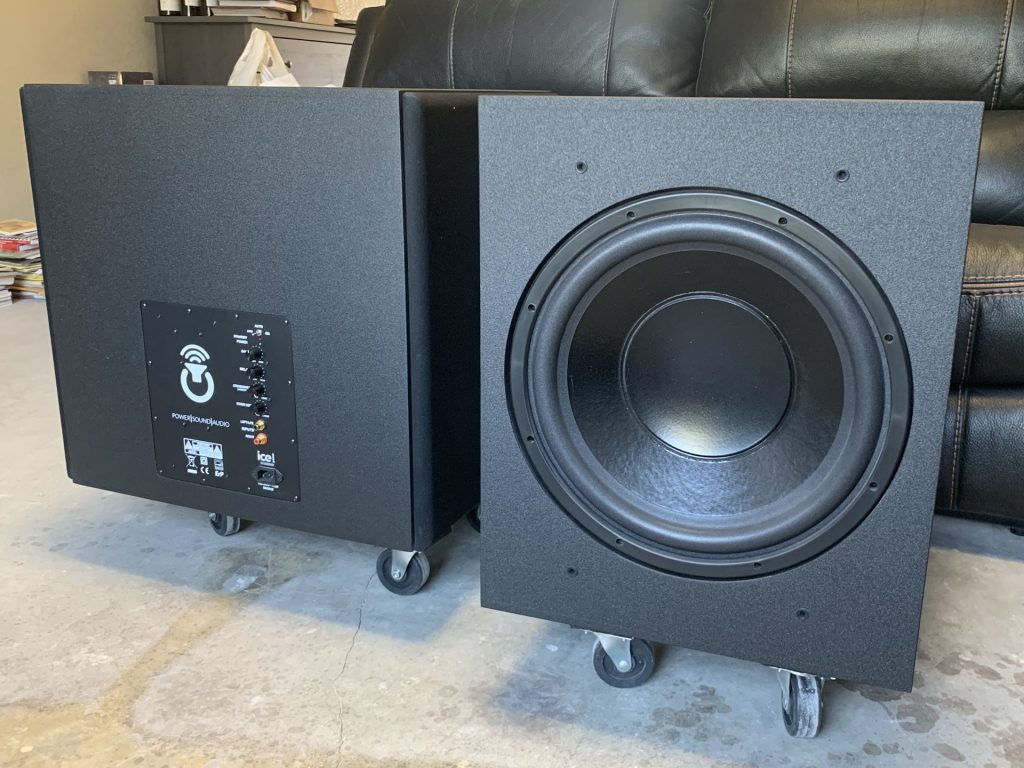
A Free Air Subwoofer is a type of speaker designed to use the trunk of a car as an enclosure. It saves space, as it does not require a traditional speaker box. It is ideal for car audio systems, it provides deep bass by wobbling the air directly in the trunk.
Free Air Subwoofers can give deep bass without the need for a big box or enclosure. This result can save space in confined environments like cars or small apartments. Car audio enthusiasts often choose Free Air Subwoofers to save trunk space and enjoy rich bass.
The free-air subwoofer usually moves more than regular subs and can make louder sounds. It’s also easier to put in a car because it doesn’t need a special box shape or size. Beside, You need to consider your car size.
How Does A Free Air Subwoofer Work?
During our exploration of audio technologies, we discovered something interesting. The workings of a Free Air Subwoofer are different from enclosed subwoofers. A Free Air Subwoofer uses the air space in a vehicle or room. It doesn’t need a separate sealed box.
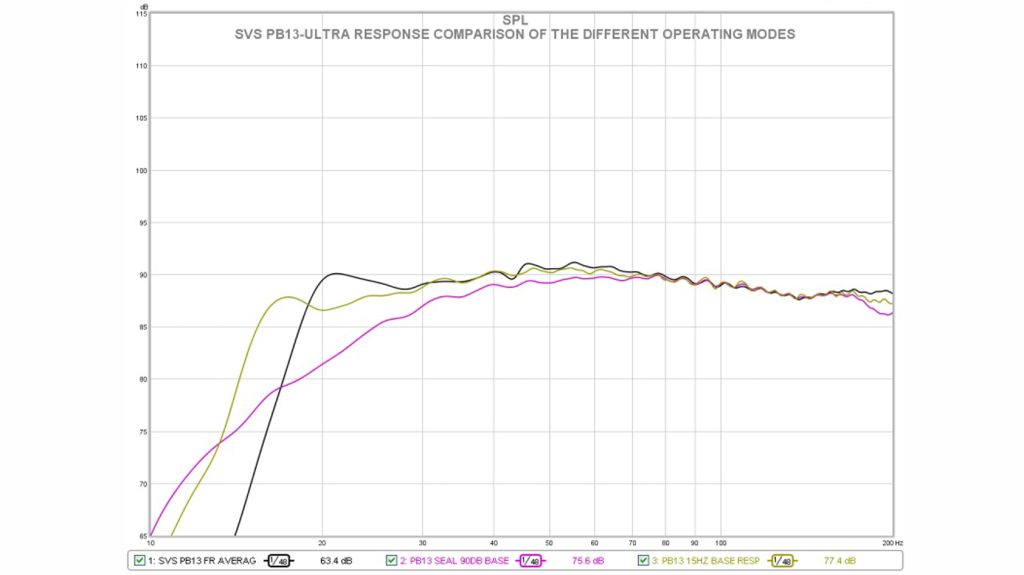
First, let’s understand the basic principle of a subwoofer. It produces low-frequency sound, or bass, by moving air. In a typical subwoofer, air moves within a closed space. This containment creates predictability and controlled bass.
This amplifier gives the woofer cone the power and control it needs to vibrate properly inside the car’s interior, producing rich bass with no distortion. Through this boosted link, the free-air sub may accept input from an audio source, such as a CD or MP3 player.
Unlike regular speakers that need a box to sound good, these special speakers don’t. They use the space in your car, like the trunk or the area behind the back seats, to help make the sound. This means they’re easier to put in your car and don’t take up much room. When using one, the bass sound differs from a speaker in a box. It spreads out more and isn’t as sharp. However, it still enhances your music.
What Are The Pros And Cons Of Free Air Subwoofers?
Before using free air subwoofers, you need to know the pros and cons of free-air subwoofers before installing them. Understanding these will enable you to select the free air sub carefully:
Pros:
- Space saving: They do not need big boxes, so they fit well in lower cars or custom setups. You can be installed in the after part of a car, saving trunk space.
- If you want to add more bass without compromising trunk room, these are a wonderful option.
- Free-air subwoofers don’t require a subwoofer box, they are inexpensive.
- Easier and cheaper installation: Compared to traditional boxed subwoofers, they are simpler and less costly to install.
- They are frequently less costly and lighter than sealed or ported variants of the same size since they don’t need an enclosure.
- The best option for you if you have an external amp and are on a tight budget is a free air subwoofer.
Cons:
- A free air subwoofer requires a compatible car audio system
- Less powerful bass: They do not produce as strong and tight bass as boxed subwoofers.
- Need for a sturdy install: They must be well- attached to avoid shaking and noise, which can be challenging.
Free- air subwoofers are a fantastic choice for those looking to enhance their music with deep bass, without taking up too important space or breaking the bank.
However, they do need a bit more care to achieve the best sound. With the proper gear and fine- tuning, these subwoofers can deliver outstanding bass performance, bringing a whole new layer of depth to your music listening experience.
Which Features Are Essential When Purchasing Free Air Subwoofers?
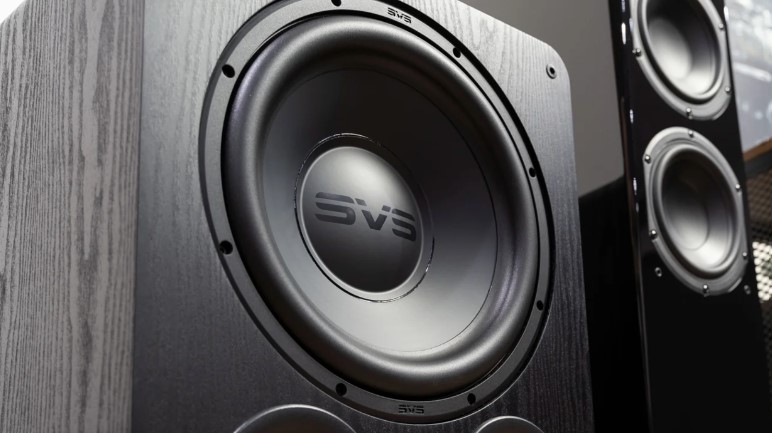
Besides, the Full range speaker. Let’s embark on a journey to understand the key features that are essential when considering a purchase:
Efficiency Rating
The efficiency rating of free-air subwoofers is critical in our sound technology department. This demonstrates the subwoofer’s power handling capacity. This grade is subject to significant variation based on its size.
We believe this is something you should consider while making your decision. A higher rating will often result in greater sound quality from your subwoofer. These are elements that we always make clear to our clients. They may then decide which option best suits their demands for sound.
Impedance
Impedance tells you how much a subwoofer resists electricity. We measure it in ohms (Ω). Usually, it’s best to pick a subwoofer that has the same impedance as your amplifier or receiver.
Frequency range
Subwoofers that boast wider frequency ranges are excellent for playing a variety of music genres, offering a flexible listening experience.
On the other hand, subwoofers designed to emphasize lower frequencies are exceptional in producing deep and prominent bass. For those of us who appreciate a powerful bass element in our audio systems, this feature is particularly important
Sensitivity
How well a subwoofer works depends on its sensitivity for strong bass sounds. We measure this in dB/Watts, and it’s really important for clear sound. Usually, subwoofers with higher sensitivity ratings make sounds better than those with lower ratings.
Power and size
The size of the free-air subwoofer matters a lot because it decides how much power it can take. Bigger subs usually make deeper bass sounds than smaller ones. But, if you want sound waves that are more precise and work better, think about getting a smaller sub. Also, how loud the subwoofer can go depends on its power rating. So, it’s important to choose one that fits what you need.
Voice Coil
If you use more voice coils, you’ll need to do extra wiring. It might seem easier to just use one voice coil, but using two gives you more options and they usually last longer.
Free Air Subwoofer Vs. Enclosed: Which Is Better?
Before, you need to understand enclosed subwoofers. As experts in sound technology, we understand the intricacies of enclosed subwoofers, which come in two primary designs: sealed and ported. A sealed enclosure is completely airtight, ensuring no air escapes or enters, while a ported enclosure features a strategically placed hole that allows air movement.
The core mechanism of these subwoofers involves a cone that oscillates back and forth, producing sound. In a powered enclosed subwoofer, which includes an integrated amplifier within the box, this setup results in a more pronounced bass effect. Conversely, a sealed box subwoofer tends to deliver a crisper and more precise bass sound.
In our field, we categorize enclosed subwoofers into either passive or powered types. The powered variety houses an amplifier directly inside the enclosure, enhancing the overall sound output. This built-in amplifier is a key component in delivering the depth and intensity of the bass sounds that define the audio experience.
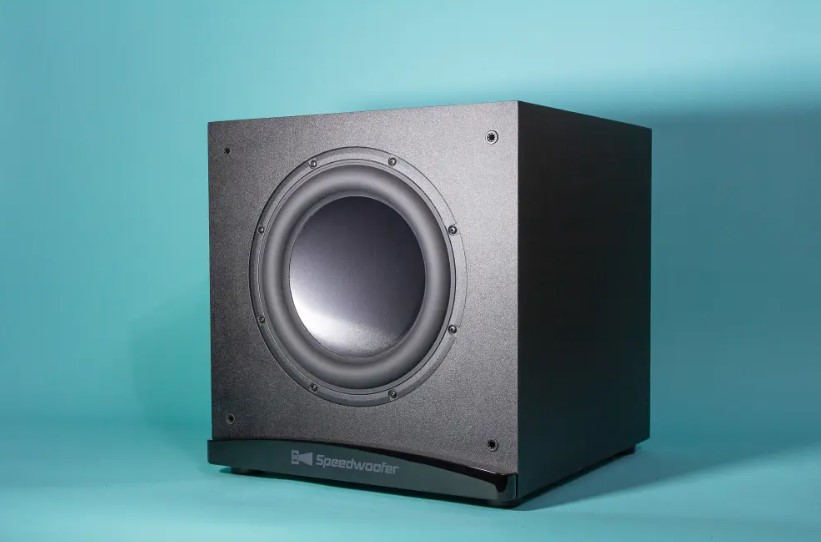
Enclosed Vs Free Air Subwoofers: Compare The Differences
We often advise on the distinct differences between free air and enclosed subwoofers, especially when it comes to enhancing the quality of music.
For those seeking a vibrant and dynamic sound, enclosed subwoofers are a great choice. Free air subs, while capable of delivering a punchier sound, often suffer from a lack of clarity, resulting in a somewhat ‘bass’ not excellent audio experience. On the other hand, Enclosed subwoofers are designed to offer a more refined sound quality.
For instance, the genre of rock music. With free subs, you might achieve a higher volume, but it’s the enclosed subs that provide a more forceful and defined bass experience. Enclosed subs excel in delivering precise bass tones, ensuring every note is accurately reproduced. They maintain the melody and rhythm of the music, ensuring the audio remains true to its original form.
Conversely, free air subwoofers can often struggle with maintaining consistent sound quality. Users might notice a sense of the music being incomplete or out of tune. This can detract significantly from the listening experience.
Therefore, in our professional view, the choice between free air and enclosed subwoofers largely depends on the type of music and the sound quality one desires. Each has its strengths and weaknesses, making them suitable for different musical styles and preferences.
A free air subwoofer, unlike traditional subwoofers, doesn’t need a confined space like a cabinet for optimal performance. It’s designed to work efficiently in open spaces, often used in vehicles where the trunk acts as an enclosure. This contrasts with regular subwoofers, where placing them in a cabinet requires careful consideration of air movement to maintain sound quality. Free air subwoofers offer versatility and ease of installation in various settings.
Can You Put A Free Air Subwoofer In A Box?
In sound technology, people often ask about free air subwoofers. These speakers are special because speaker work stylishly in open spaces. They do not require a box. Their robust construction and specific design enable them to thrive in similar settings.
While it’s technically possible to place them in a box, this isn’t the ideal usage. To illustrate, we conducted a trial by enclosing a free air subwoofer in a box. The outcome wasn’t ideal. The bass lost its power and the overall sound quality decreased.
Free air subwoofers are designed for open- air use. Putting them in a box changes their performance, generally for the worse. It’s important to use them as intended for the best audio experience
What Are Steps For Installation Of A Free Air Subwoofer?
When it comes to setting up free air subwoofers, there are moves to make sure they sound great.
- First, find a good location for them. They should be in a flat, sturdy area to keep them stable. For this one time, we put a subwoofer in the reverse of a car, and it made the music sound awesome each over.
- Next, make sure it’s sealed tight where it’s mounted. We formerly fixed up the seals around a subwoofer and the bass got way better.
- Finally, you need to check the power and wires. These speakers need the right amount of electricity and good connections. We have seen a many times where bad wiring meddled up the sound or hurt the speakers. So, you need to follow the above steps correctly to have the best sound experience.
Conclusion
Free air subwoofers are a special kind of speaker that doesn’t need a box to sound good. They’re perfect for big, open spaces like the back of a car. In our work with sound, we’ve found that these subwoofers can give you deep bass and save space. But, they need to be set up just right to work their best.
At audiosk, we’ve learned that where you put them and how you install them matters for getting great sound and explain What Is A Free Air Subwoofer? So, free air subwoofers are a great option if you want good sound in big areas and don’t have much space for big speaker boxes.


